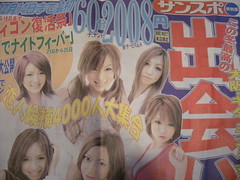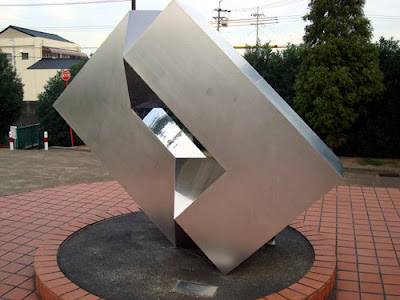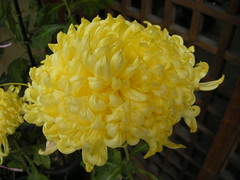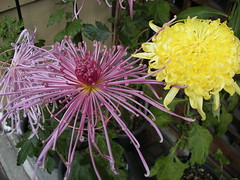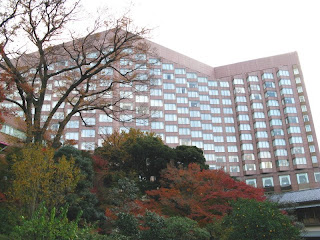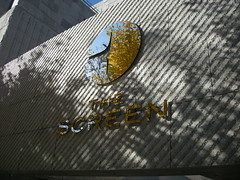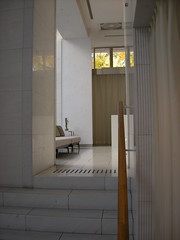今週の日本

Toyota Expects Its First Loss in 70 Years
New York TimesGovernments pour more resources into battle against global recession
GuardianJapanese neo-nationalists seek to silence Yasukuni film
Japan FocusRuling bloc plans 2011 sales tax hike
Japan TimesTokyo seeks cordial ties with Seoul
Korea Herald3 Tokyo U. profs harassed colleagues, students
The Daily YomiuriJapan emperor in rare appearance
BBCMovie Review - God's Puzzle
Midnight EyeObituary: Yukika Soma
Times on LineDaisuke Naito retains WBC flyweight title
Yahoo! SportsLast week's Japan newsJapan StatisticsThere were 3.21 million people working as temporary staff in Japan in
2007, triple the 1.07 million temps in 1999.
Source: Labor Ministry
There have been 5,000 traffic fatalities this year up to December 23.
Aichi has the most with 262 road deaths, followed by Saitama 224,
Hokkaido 222 and Tokyo and Chiba with 210 each. Tottori had the fewest
deaths at 29, followed by Nagasaki 39, Shimane and Tokushima 40 each
and Okinawa 41.
Source: National Police Agency
The number of elementary, junior high, and senior high school teachers and staff on psychiatric leave topped 8,000 this year. That is a threefold increase compared to only ten years ago.
Of the 916,000 teachers who took part in a Ministry of Education survey, 8,069 indicated that they were on leave and receiving psychiatric treatment.
The reasons given by those on leave included: #1 relations with students and parents have changed, leading to unresolvable problems; #2 relations at work less supportive than in the past; #3 work duties too great; #4 problems at home.
Source: Asahi Shinbun
85,012 nonregular workers have lost or will lose their jobs in Japan through March 2009. Aichi topped the list with 10,059 job losses followed by Nagano with 4,193, Fukushima 3,856, Shizuoka 3,406 and Tochigi 2,912.
Source: Health, Labor & Welfare Ministry
There were 739,100 foreign visitors to Japan in October 2008. A 5.9% drop on the previous year's figures for the month. South Korean visitors fell 15.2% to 188,800.
Source: JNTO
Traffic volume in Japan for 2005 was 769 billion unit kilometers.
Source: Land, Infrastructure & Transport Ministry
Book a hotel in Japan with BookingsJapanese FictionHappi CoatsTagsJapan News Japan Statistics politics














